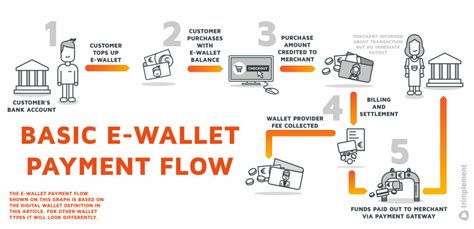Mastering Bitcoin Wallets: A Guide to Understanding Transactions, Signatures, Verification, Withdrawals, and Collections
Bitcoin, the world’s first decentralized cryptocurrency, has revolutionized the way we think about digital transactions. With the growing number of users and the wide range of wallets available, understanding how to use them effectively is essential for anyone who wants to participate in the Bitcoin ecosystem. In this article, we’ll delve into the basics of managing a Bitcoin wallet, with a focus on transactions, signatures, verification, withdrawals, and collection.
Understanding Bitcoin Transactions
Before we dive into wallet management, let’s start with the basics of Bitcoin transactions. When you send bitcoins from one address to another, it creates a new transaction. These transactions are verified by the network, which ensures that they meet certain criteria before they are added to the blockchain. The most common types of transactions are:
- Confirmations: Each transaction is confirmed by the network, adding it to the list of pending transactions.
- Unconfirmed transactions

: Transactions without confirmation remain on the blockchain and are not considered part of the main chain.
Wallets and addresses
A Bitcoin wallet is a digital address used to store, send, and receive Bitcoins. Each wallet has its own unique address, which serves as a public identifier for the owner’s assets.
- Public addresses: These are the addresses most commonly used in Bitcoin transactions. They are usually in the format “1G4xY9j8Xg…”.
- Private keys: A private key is used to unlock and manage the associated wallet. It is a long, unique string of characters used to sign transactions.
Signing transactions
Signatures are essential for verifying transactions on the blockchain. When you send Bitcoins, your signature proves that you are the owner of those coins and authorizes the transaction. The process of creating signatures includes the following:
- Generate Private Key: Each user’s private key is generated with their corresponding public address.
- Create Transaction: A new Bitcoin transaction is created with a specific sender (you) and recipient address.
- Create Signature: Your private key is used to sign the transaction, which is essentially your “fingerprint” that proves ownership.
Verify Transactions
To verify transactions on the blockchain, you need to verify that other users on the network have confirmed them. The process of verifying transactions includes the following:
- List of Transactions: You can view a complete list of pending and confirmed transactions using tools like Blockchair or Bitcoin Core.
- Transaction History: Each transaction has a timestamp that helps you track the sequence of events.
Receipt and Acceptance
Once a transaction is confirmed, it is added to the blockchain and becomes part of the main chain. This means that:
- You are not the owner: If a transaction is not signed with your private key, it will be rejected by other users on the network.
- Transactions are irreversible: Once a transaction is confirmed, it cannot be reversed or deleted.
Tips for new users
To get started with your Bitcoin wallet, follow these tips:
- Use a secure wallet: Choose a trusted and well-maintained wallet provider that offers robust security features.
- Keep your private key safe: Never share your private key publicly or write it down in an insecure place.
- Use Two-Factor Authentication (2FA): Enable 2FA on your wallet to add an extra layer of security against hacking attempts.
Conclusion
To learn how to manage a Bitcoin wallet, you need to understand the basics of transactions, signatures, verification, receipt, and collection.
